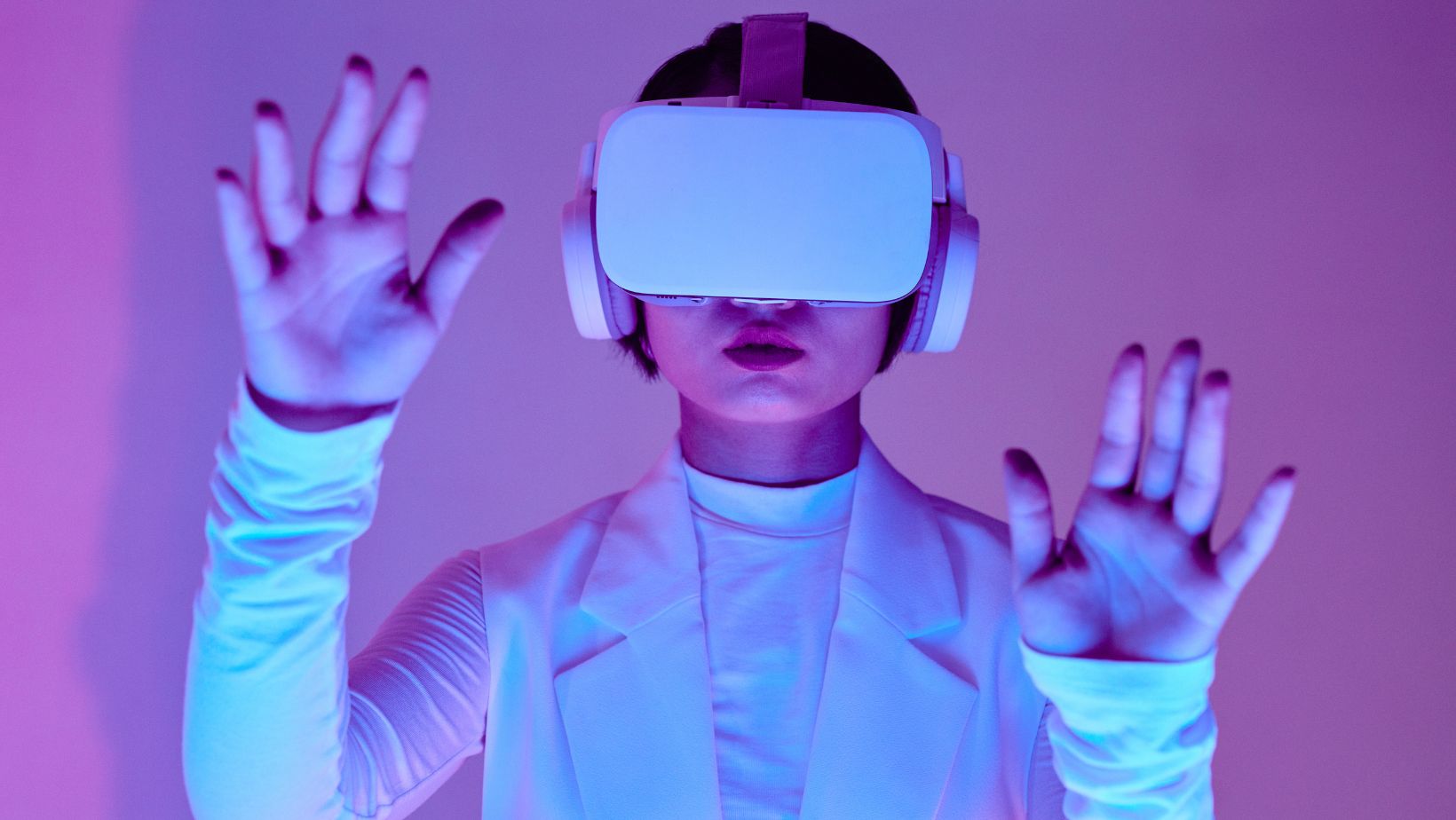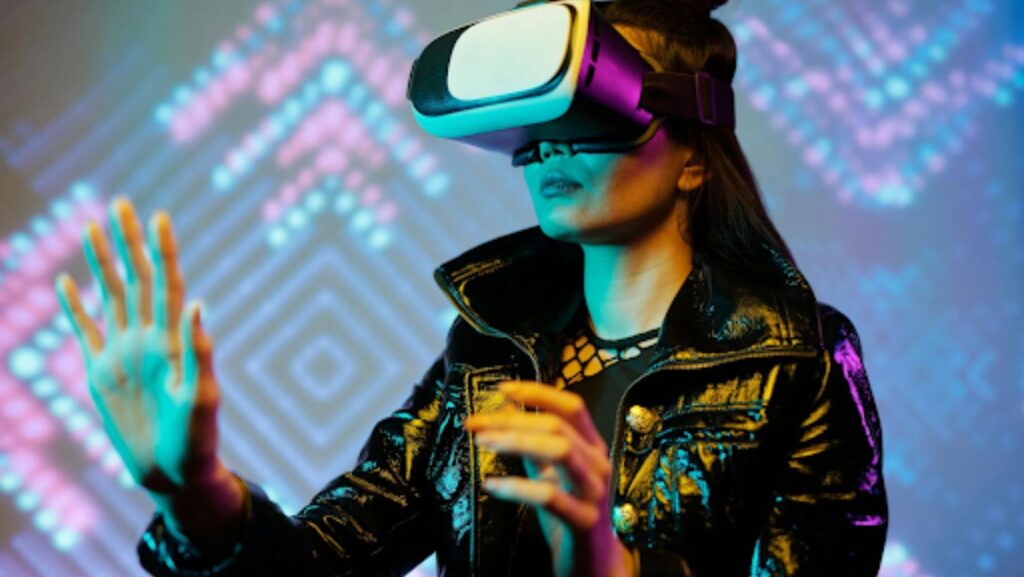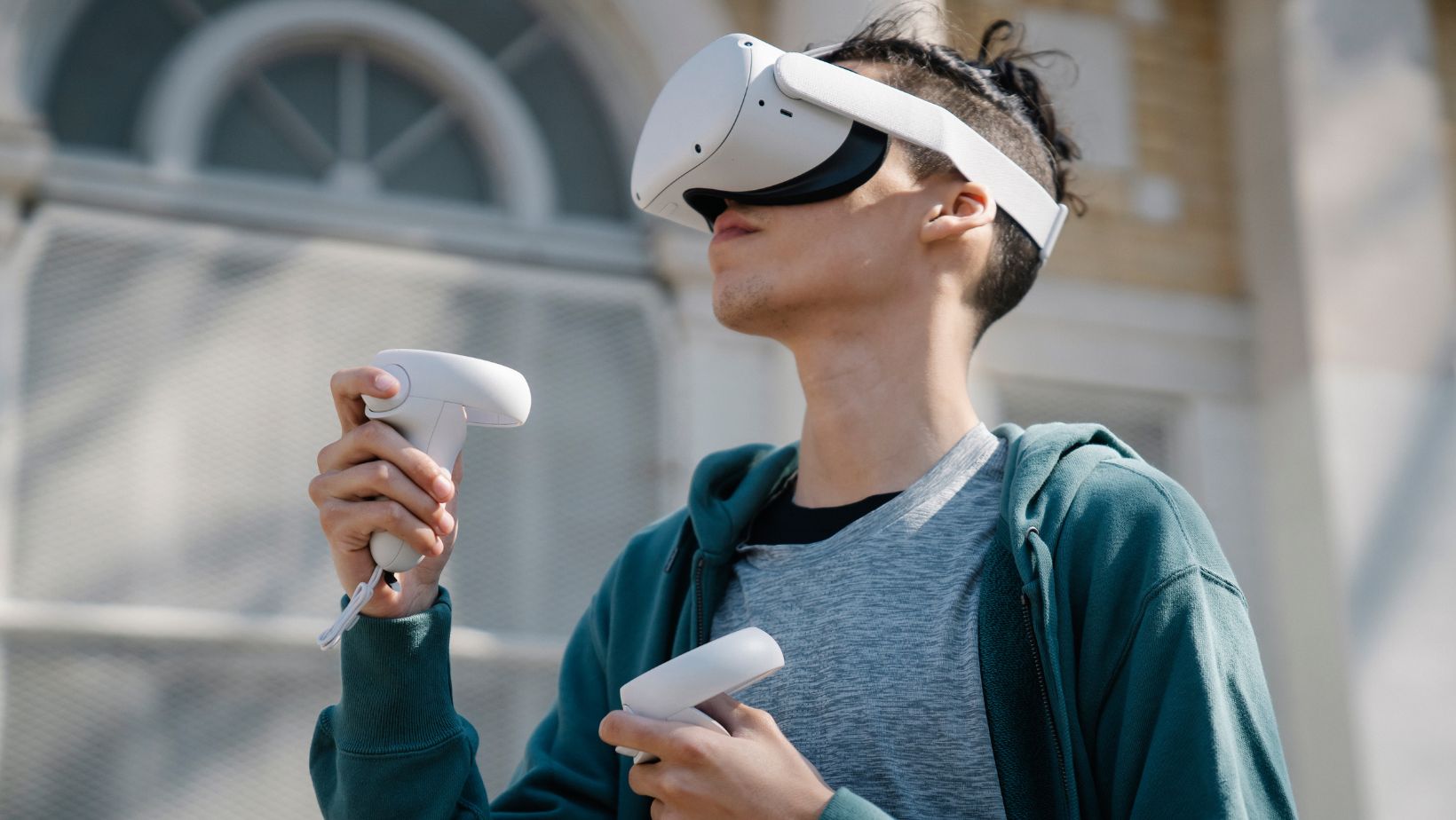Augmented reality is a recent breakthrough that is making waves on different platforms and industries. Not only is it seeing use in entertainment, but it is now starting to be applied in other significant industries, such as education and health. With its immersive capabilities, it is no surprise that when NFTs became more advanced, AR became one of the mediums NFT creators would use and capitalize on. However, before you convert your USD to ADA, check out how both mediums have improved each other, creating a beneficial symbiotic relationship.
6 Ways How AR Technology and NFTs Are Benefitting Each Other
Both AR technology and NFTs are recent technological breakthroughs that are now incorporating themselves into a wider audience. 
NFTs Enhancing Augmented Reality Experiences
NFTs have introduced a new dimension to AR by enabling verifiable ownership of digital assets. Traditionally, AR content was accessible but lacked scarcity or authentication, leading to challenges in monetization and intellectual property rights. With NFTs, digital assets within AR environments can be uniquely identified, bought, sold, and traded securely.
1. Digital Collectibles and Virtual Wearables
One of the most evident ways NFTs have influenced AR is through digital collectibles and virtual wearables. Users can purchase NFT-based skins, clothing, or accessories for their AR avatars and showcase them in various digital environments. For instance, fashion brands have started creating exclusive NFT-based apparel that can be worn in AR applications, merging digital and physical fashion experiences.
2. AR-Based NFT Art Exhibitions
NFTs have revolutionized digital art by providing artists with a new way to authenticate and sell their work. When combined with AR, these digital artworks can be placed in real-world environments viewable through mobile devices or AR glasses. Museums and galleries have started using AR to display NFT art in physical spaces, allowing users to interact with digital masterpieces in an immersive manner.
3. Gamification and Interactive Experiences
AR gaming has become a dominant trend, with many games incorporating NFT-based assets. In AR-driven NFT games, players can find, trade, and use NFT items that exist in both the virtual and physical worlds. This adds an extra layer of engagement, as players can physically explore real-world locations to discover exclusive digital assets.
How Augmented Reality is Impacting NFTs
After seeing how NFTs have impacted AR technology moving forward, it is now essential to know how the former has benefitted from the latter. Let’s see how AR technology has improved the NFT world and how its creators and collectors are receiving applications.
1. AR-Integrated NFT Marketplaces
Although NFT marketplaces are usually associated with 2D images and digital collectibles, AR has made these assets more interactive. AR technology allows users to visualize NFT assets in their real-world environments before purchasing them. This is particularly useful for digital furniture, home decor, and fashion items, as buyers can see how these items fit into their physical surroundings before making a purchase.
2. AR-Enhanced Virtual Real Estate
Virtual real estate is an emerging sector where users purchase digital land as NFTs. AR technology allows these digital properties to be placed in real-world locations, enabling users to interact with their assets in a physical space. Businesses can utilize AR to showcase virtual storefronts or hold AR-based NFT events, further expanding the possibilities of virtual ownership.
3. Interactive Brand Engagement
Brands are leveraging AR to create immersive advertising campaigns using NFTs. Companies can develop NFT-based promotions that come to life when viewed through AR-enabled devices. For example, scanning a QR code on a product might unlock an AR experience showcasing limited-edition NFT content or providing access to exclusive rewards.
Challenges and Future Outlook
Despite the promising advancements, the integration of NFTs and AR also presents challenges. Issues such as high development costs, interoperability concerns, and the environmental impact of blockchain technology need to be addressed. Additionally, developers are making it a priority to ensure secure authentication and prevent counterfeit NFTs in AR environments.
Looking ahead, the synergy between AR and NFTs is likely to deepen with the evolution of the metaverse and extended reality (XR) experiences. As AR devices become more advanced and blockchain technology matures, the possibilities for interactive digital ownership will expand even further.
Conclusion
The fusion of AR and NFTs is transforming the way we interact with digital content, bridging the gap between the virtual and physical worlds. From AR-powered NFT art galleries to immersive gaming experiences and virtual fashion, these technologies are unlocking unprecedented opportunities for creators, businesses, and consumers alike. As innovations continue to unfold, AR and NFTs are set to play a pivotal role in shaping the future of digital interaction and commerce.




